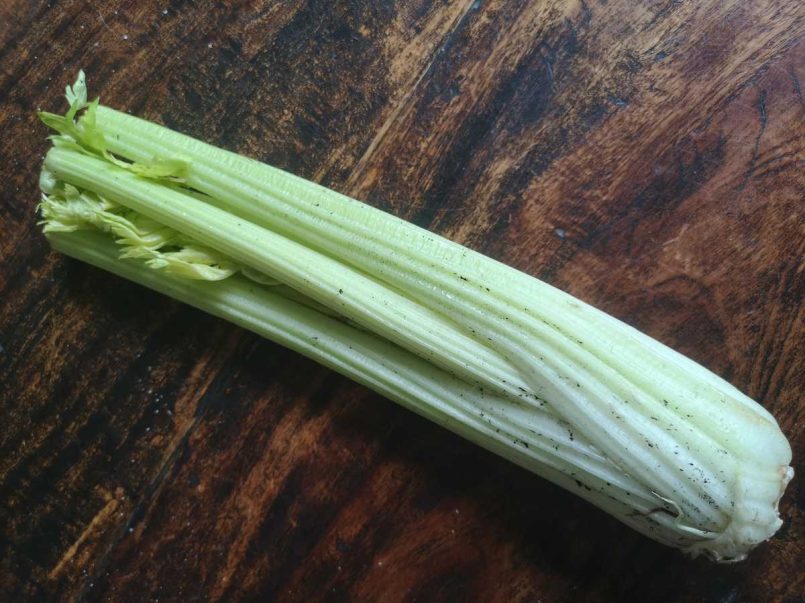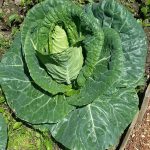Celery can be a key component of stock, stews, casseroles and salads. Its unique, earthy and intense taste adds depth to many dishes. Celery is one of three diced vegetables that make mirepoix, which is a base used by many chefs to add flavour to soups, stews, braised meats, marinades and homemade burgers. Delicious cooked or eaten raw, celery can remain in the ground until winter. Find out how to grow celery the easy way.
10 reasons to grow celery
- Readily available and cheap seeds sold in most shops.
- You can fit 16 celery plants in a 1-metre square growing area.
- Seedlings are easy to handle and plant.
- They can be left in the ground for weeks, meaning you can eat them when you want.
- Easy to care for – just give them plenty of water.
- Store them in the fridge for up to 4 weeks wrapped in foil.
- Easy to prepare – just chop and go!
- Adds depth of flavour to many dishes.
- It takes a greater number of calories to digest than it provides, so it’s good for weight loss.
- Provides a range of vitamins, minerals, fibre and has a low GI rating (low effect on blood sugar levels).
Our celery last year – what we did
We sowed the seeds in trays mid-March and left them on a sunny windowsill, moved them into the greenhouse in mid-April, transplanted 54 seedlings into individual pots in early May, lifted them outside to ‘harden off’ in late May, and by early June had planted all 54 seedlings in the ground.
We kept them well watered if it didn’t rain, and in August we gave them a boost with some homemade nettle nitrogen feed. By autumn, we started harvesting fresh celery plants as we needed them.
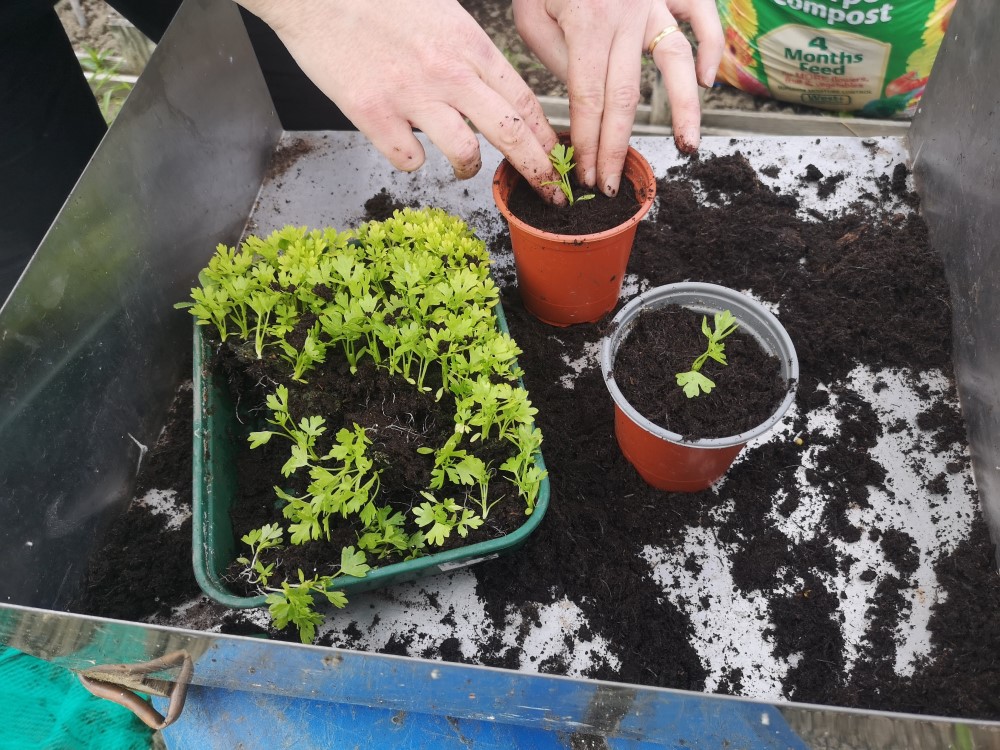
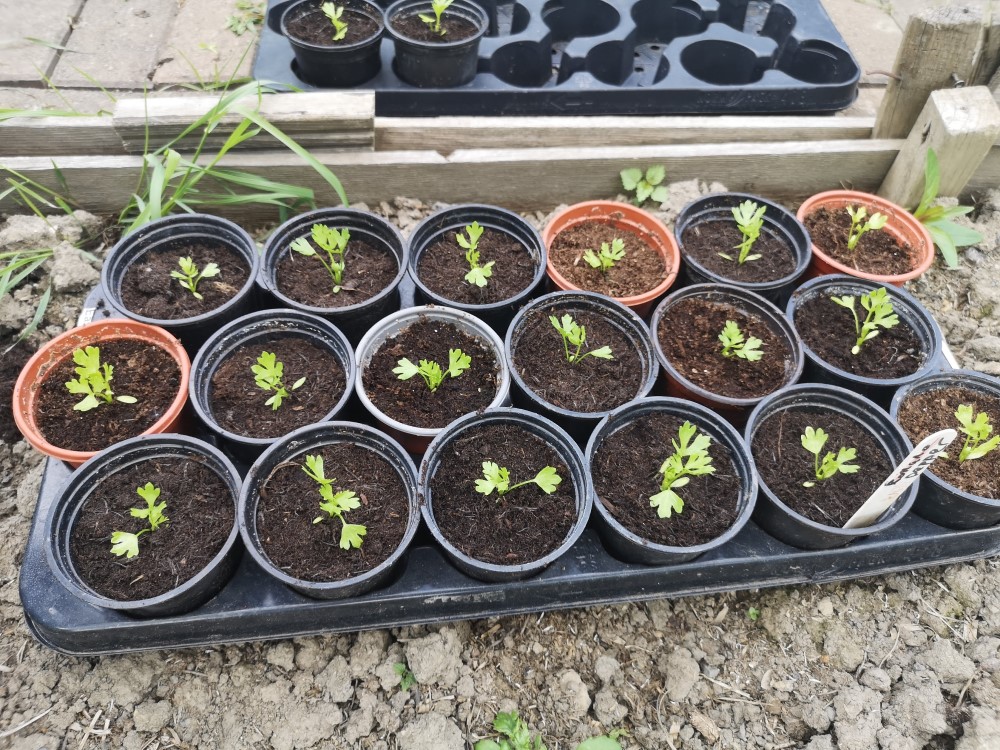
Recommended varieties: any self-blanching type
There are two types of celery
Trench celery – plants must be spaced further apart. As they grow, their stems need to be protected from the light, either by earthing up the soil around them or putting collars or tubes around the stems.
Self-blanching celery – plant closer together in a grid so that each plant shades its neighbours from the light.
Celery plants that are protected from the light produce less bitter, more tender stems.
How you can grow celery
What you’ll need:
- Celery seeds (self-blanching)
- Seed tray
- Bag of compost
- Watering can or jug
- Sunny windowsill, and later either a greenhouse or under glass – somewhere protected from the weather
- Small plant pots
What you’ll do:
- In March, fill each seed tray three-quarters full with compost. Water the compost lightly.
- Arrange the seeds evenly over the compost.
- Cover seeds with compost so the tray is full.
- Water every week or so if the compost looks dry, but don’t overwater them.
- When the weather warms up in April, move the trays into a greenhouse or under glass. Keep watering them if they need it.
- Move the strongest seedlings into individual small pots, keeping as much of the roots intact as possible. Keep well watered.
- After a couple of weeks, lift the pots outside to ‘harden off’ during the day, as often as you can for about a week.
- Plant seedlings 23cm/9ins apart in a grid formation, rather than in long rows. Water really well. Ideally, plant somewhere less likely to dry out (i.e. the bottom of a slope or in partial shade).
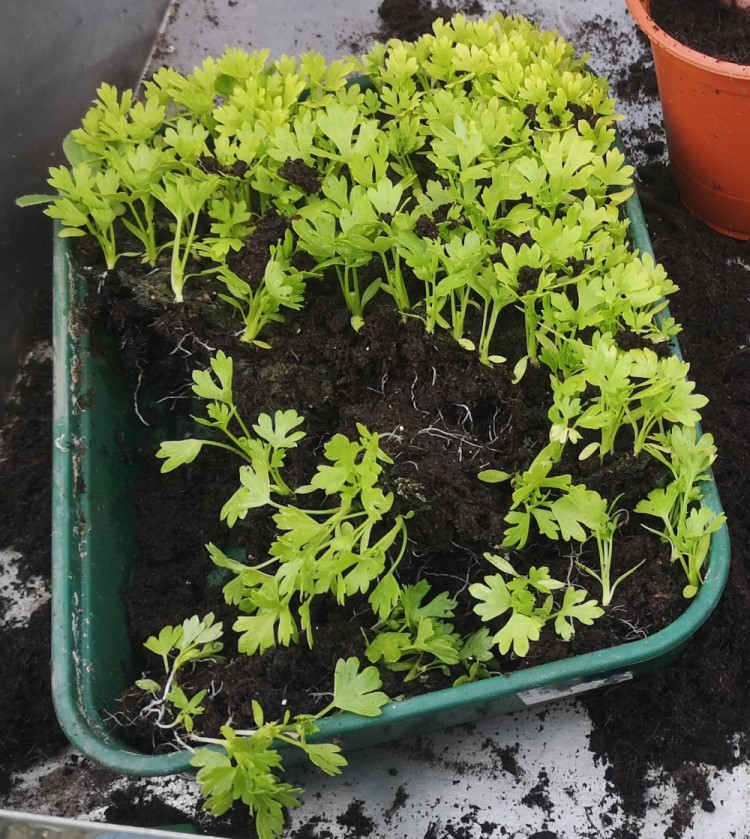
Caring for celery
Celery is a marshland plant so doesn’t like dry, hot conditions. Keep them well watered, and if possible provide some temporary shade if the weather is very hot. More water gives you thicker stems to eat.
If possible, give them a nettle feed in August, but this is not essential.
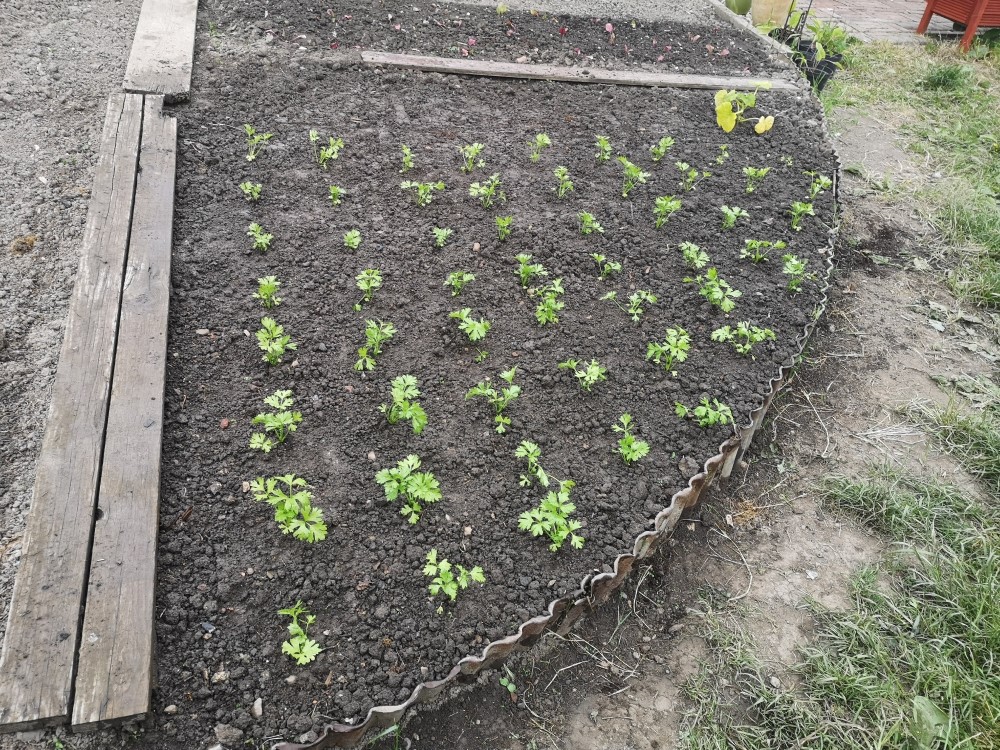
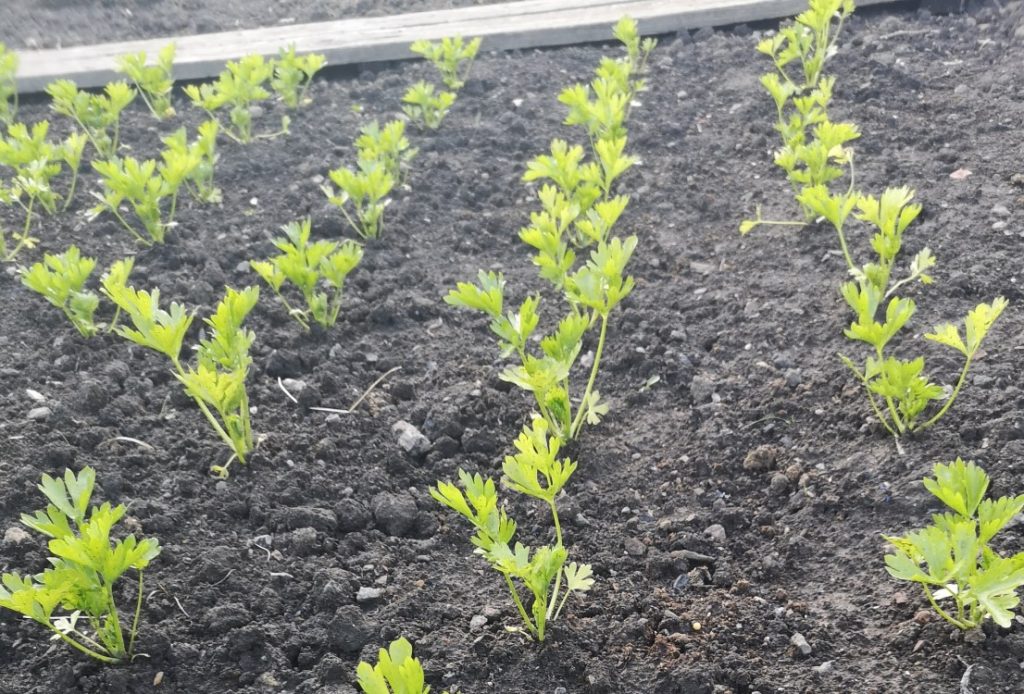
Harvesting celery
Harvest throughout autumn by cutting off with a sharp knife either individual stalks or the whole base. They will tolerate light frosts, but dig up before the very cold weather strikes.
No space to grow celery?
Then try growing ‘cutting celery‘. Like celery, sow the seeds in trays first. Then plant in pots or in the ground. Treat them as a herb and just keep cutting what you need.
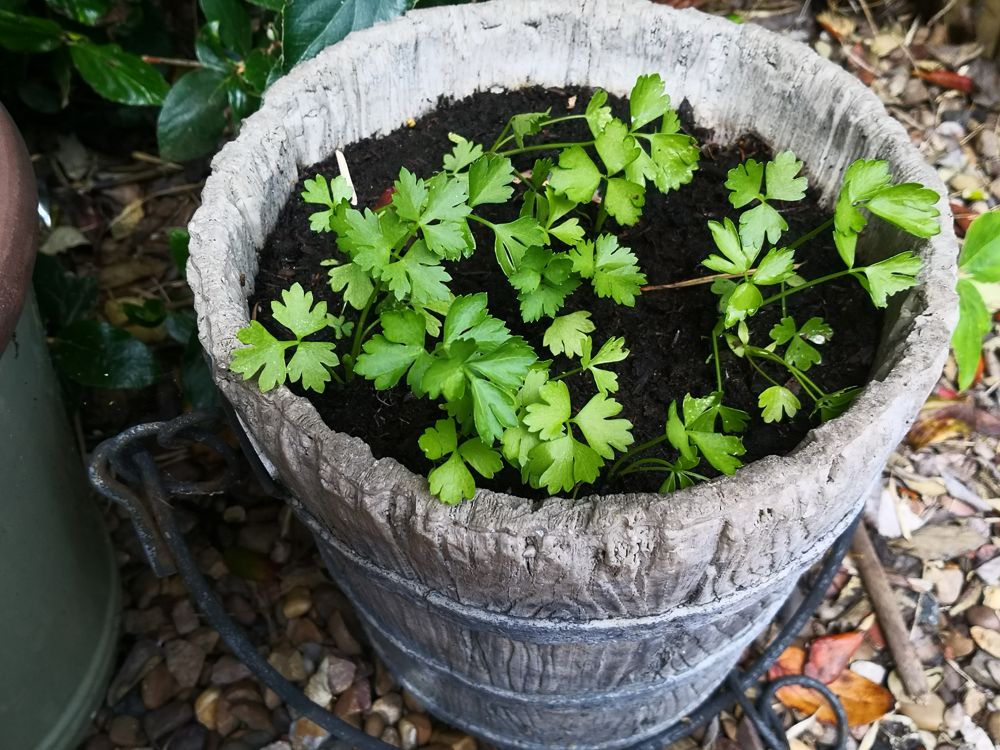
Problems
Celery should have no problems other than the risk of them drying out or bolting (going to seed) due to very hot weather. Just water them well and provide some shade if possible.
Storing celery
Do not copy the supermarkets and store celery in plastic wrappers.
Fresh, unwashed celery will last longer, for up to four weeks, in the fridge wrapped in foil. Leave the ends slightly loose so that the ethylene gas can escape. Cut off the leaves before storing.
